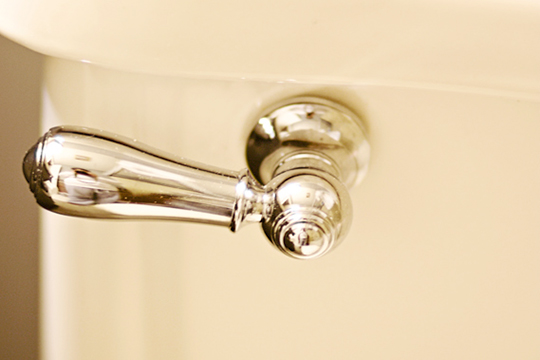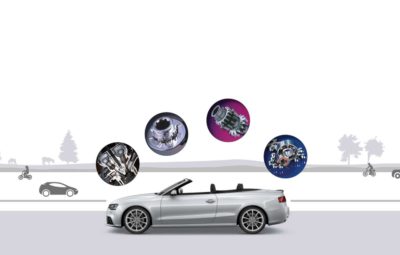
Toilet flush handles are one of the most overlooked components in a bathroom. We use them every day, but very few people ever stop to wonder how they work. However, understanding the mechanics behind toilet flush handles can actually be useful in troubleshooting common plumbing problems. In this article, we’ll take an in-depth look at how toilet flush handle work, the different types available, and tips for troubleshooting common issues.
Basic Mechanism
The majority of toilet flush handles work by using a simple lever and flapper valve system. When you press down on the handle, it lifts the lift arm, which pulls the chain or trip lever that is attached to the flapper valve. As the flapper valve lifts, it allows water to flow from the tank into the bowl and flushes the contents away. The valve then seals again, stopping the water from flowing out of the tank.
Different Types of Handles
There are many types of toilet flush handles available, each with their own unique mechanism. The most common are the traditional lever and chain mechanism we’ve just discussed. However, newer models may feature a push-button, electronic, or even touchless mechanism. These modern handles work by using electronics to trigger the flush, making them more hygienic and easier to use.
Troubleshooting Common Issues
Problems with toilet flush handles are common, and they can be frustrating to deal with. However, most issues are easy to troubleshoot and fix. If your toilet won’t flush, the chain or trip lever attached to the flapper valve might be disconnected or broken. You can fix this by adjusting the chain or replacing the trip lever. If the toilet keeps running, the flapper valve might not be sealing correctly. In this case, you can lift the flapper valve and clean around the rim to remove any debris that might be interfering with the seal.
Maintenance Tips
To keep your toilet flush handle in good working order, there are several maintenance tips you can follow. Firstly, keep the handle clean and free from rust or corrosion. You can do this by wiping it down regularly with a damp cloth. Secondly, check the chain or trip lever connected to the flapper valve occasionally to make sure it’s tight and not worn out. Lastly, if you have a touchless or electronic toilet flush handle, make sure the batteries are changed regularly to avoid any issues with performance.
Conclusion
Understanding the mechanics behind toilet flush handles can not only help you troubleshoot common plumbing issues but also ensure your bathroom is functioning properly. Whether you prefer a traditional lever and chain mechanism or a high-tech touchless flush handle, the key is to maintain and care for it regularly. By taking care of your toilet handle, you can avoid the frustration of a faulty flush and keep your bathroom running smoothly for years to come.








